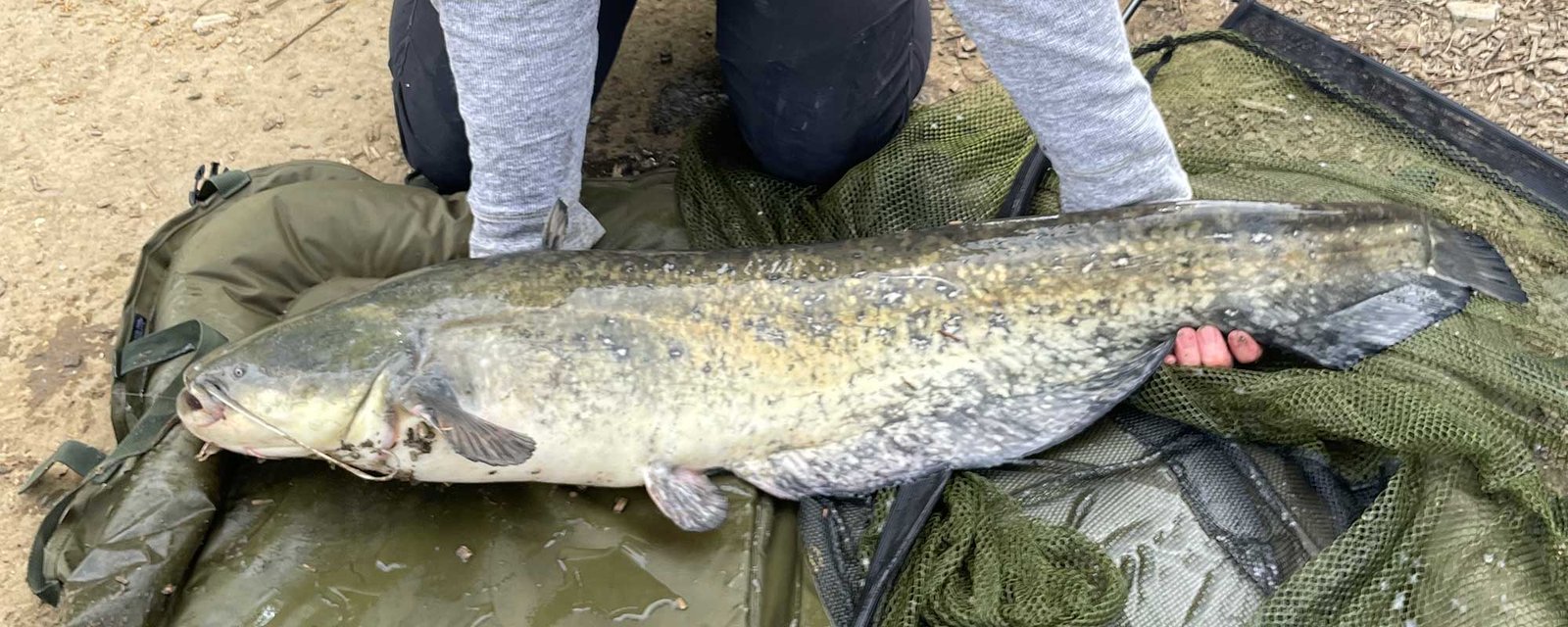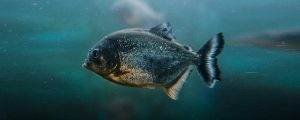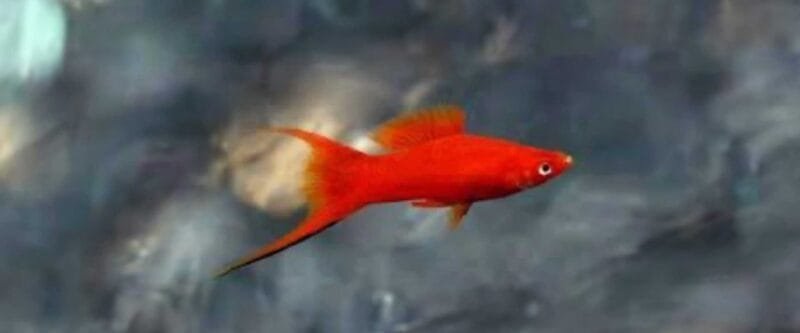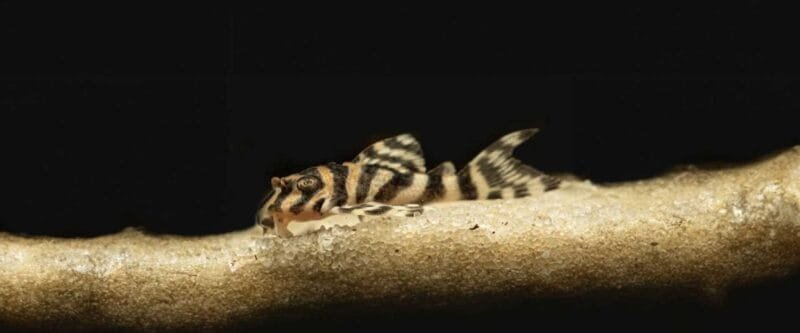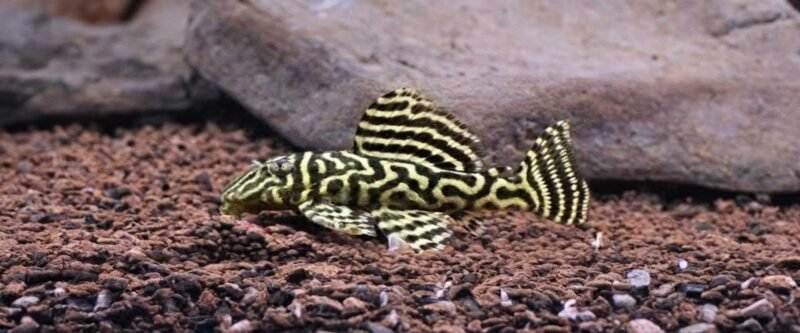The Mysterious Wels Catfish (Silurus glanis)
The Wels Catfish, scientifically known as Silurus glanis, is a captivating and enigmatic aquatic giant that has intrigued fish enthusiasts and adventure seekers for centuries. This colossal freshwater predator, native to Europe and Asia, boasts an impressive set of characteristics and adaptations that make it a unique and mysterious species. In this comprehensive blog post, we’ll explore the features, natural habitat, suitability for aquariums, biodiversity, dietary preferences, alternative names, and tips for identifying the sexes of Wels Catfish.
Characteristics and Size
The Wels Catfish is famous for its distinctive appearance, including:
- A massive, elongated body that can reach lengths of up to 13 feet (4 meters) or more in the wild.
- A dark olive-green to brownish-black coloration, with a pale underside.
- A broad, flattened head equipped with sensory barbels around its mouth, which are used to detect prey.
Their impressive size and unique appearance make them an undeniable marvel of the aquatic world.
Habitat and Native Range
Wels Catfish are indigenous to a vast range of freshwater habitats, primarily found in Europe and parts of Asia. They inhabit slow-moving rivers, lakes, and large reservoirs with ample cover in the form of submerged logs, rock crevices, and dense aquatic vegetation. This adaptability to various environments has contributed to their widespread distribution.
Suitability for Community Tanks
The Wels Catfish is not a suitable candidate for standard community aquariums due to its enormous size, predatory nature, and specific environmental requirements. They are best suited to large, dedicated aquariums or, ideally, outdoor ponds where they have ample space to grow and thrive. In smaller tanks, their size can quickly become problematic.
Biodiversity: How Many Types Are There?
The Wels Catfish (Silurus glanis) is considered a single species with no recognized subspecies. However, there can be considerable variation in coloration and patterns among individual fish.
Diet and Feeding Habits
Wels Catfish are opportunistic predators with a voracious appetite, and their diet includes:
- A variety of live or dead prey, such as fish, frogs, crayfish, and even small mammals or birds.
- Carrion, as they are known scavengers.
- In some cases, they may consume plant matter and detritus.
Their ability to consume large meals is one of their remarkable features.
Alternative Names
Besides Wels Catfish, this species may be referred to by alternative names such as:
- European Catfish.
- Sheatfish.
How to Differentiate Male and Female Wels Catfish
Sexual dimorphism in Wels Catfish can be challenging to discern visually. However, there are some general indicators:
- During the breeding season, females may have a slightly plumper appearance when carrying eggs.
- Males may have slightly thicker and longer pectoral fin spines.
Conclusion
In conclusion, the Wels Catfish (Silurus glanis) is a magnificent and awe-inspiring species known for its massive size and enigmatic nature. While they are not suitable for typical community aquariums, those with a passion for large and unique aquatic creatures may find them to be a rewarding challenge in dedicated setups. Their presence in the world of freshwater fish continues to intrigue and captivate enthusiasts and researchers alike.
Photo Credit: Richard Morey

